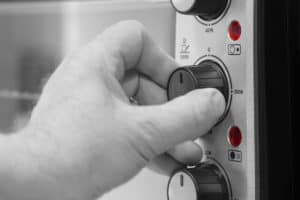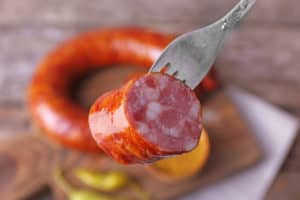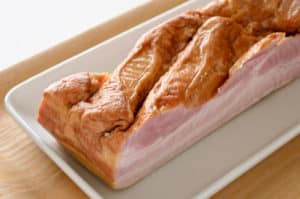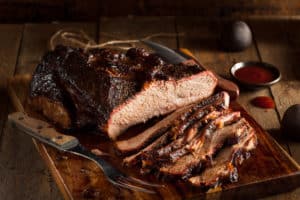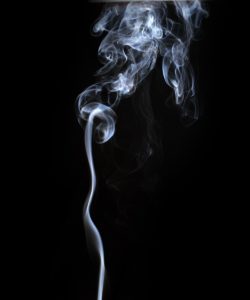What Is The Purpose of Smoking Meat?
Disclosure: This post may contain affiliate links. If you use these links to buy something we may earn a commission at not additional cost to you. Learn more.
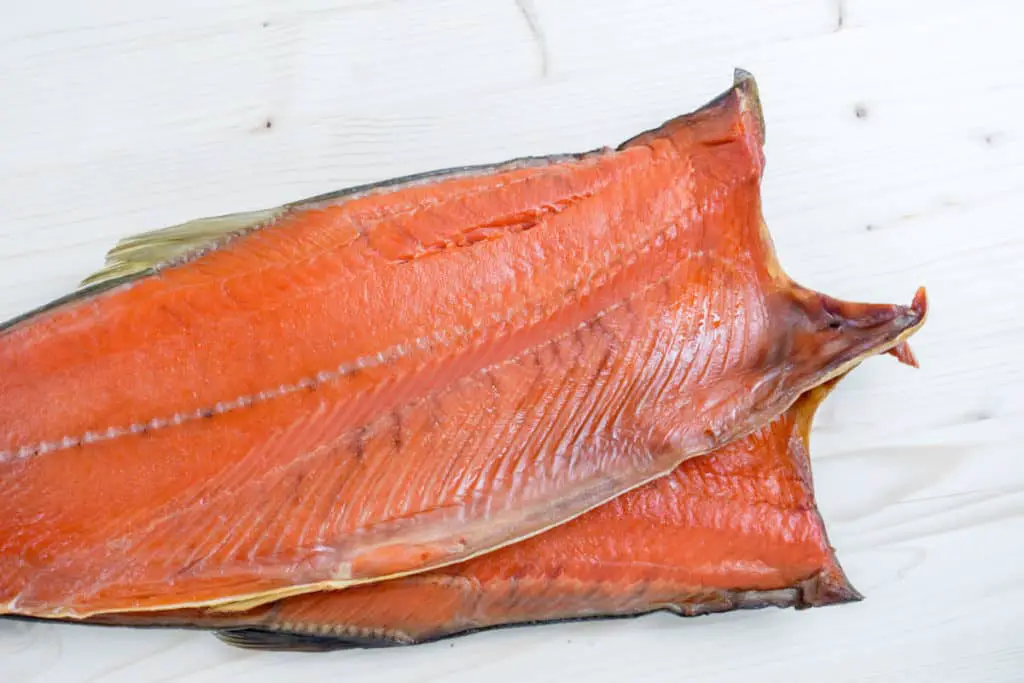
Smoking meat is a great way to add some delicious flavor to any tough cut of meat, be it pork butt or brisket.
Traditionally, smoking meat has been a way to preserve it in conjunction with salt curing or trying. With the advent of refrigeration, smoking only for flavor has become more and more common. Smoking for purely culinary reasons has become an important cultural activity all over the world.
Basically, smoking meat makes it taste better. But there’s more than one way to smoke a salmon. Let’s take a look at different smoking techniques through history and see just how they are used.
Cold Smoking
Cold smoking is a smoking technique used in conjunction with salt curing or drying to help meat keep better. It occurs at relatively cool temperatures, so it doesn’t really cook the meat at all.
Cold smoking has been used since the Paleolithic era of human history as a method for preserving all kinds of meats. Oily fish benefitted the most from smoking, as smoke prevents oils and fats from going rancid.
Smoke is both an antibacterial and an antioxident. This means that even if it isn’t used for curing the meat completely, it can still have a great effect on how long meet keeps.
Smoked fish that would usually go bad in a matter of hours might now take an entire month to go bad.
However, since smoke doesn’t really ppenetrate into the meat at all, in order to preserve cure the meat through and through ancient peoples would usually cure it in salt or brine before smoking it.
This is the form of smoking that was used the most often throughout history as a preservative. Pretty much every ancient society used this process to keep their food, on every single continent.
Warm Smoking
Warm smoking is done between 77 and 120 degrees fahrenheight. Like cold smoking it isn’t meant to cook the meat being prepared. Because of this, warm smoked meat needs to be cured or cooked before being smoked.
However, warm smoking is also used for all sorts of non-meat foods, from cheese to nuts. A few famous cheeses that get smoked for the flavor include greyere, gouda, and cheddar.
With the advent of refrigeration, it became less and less important for meat to be prepared in such a way that it would keep on its own. Because of this, over the past couple hundred years, smoking purely for flavor or texture has become more and more common.
Hot Smoking
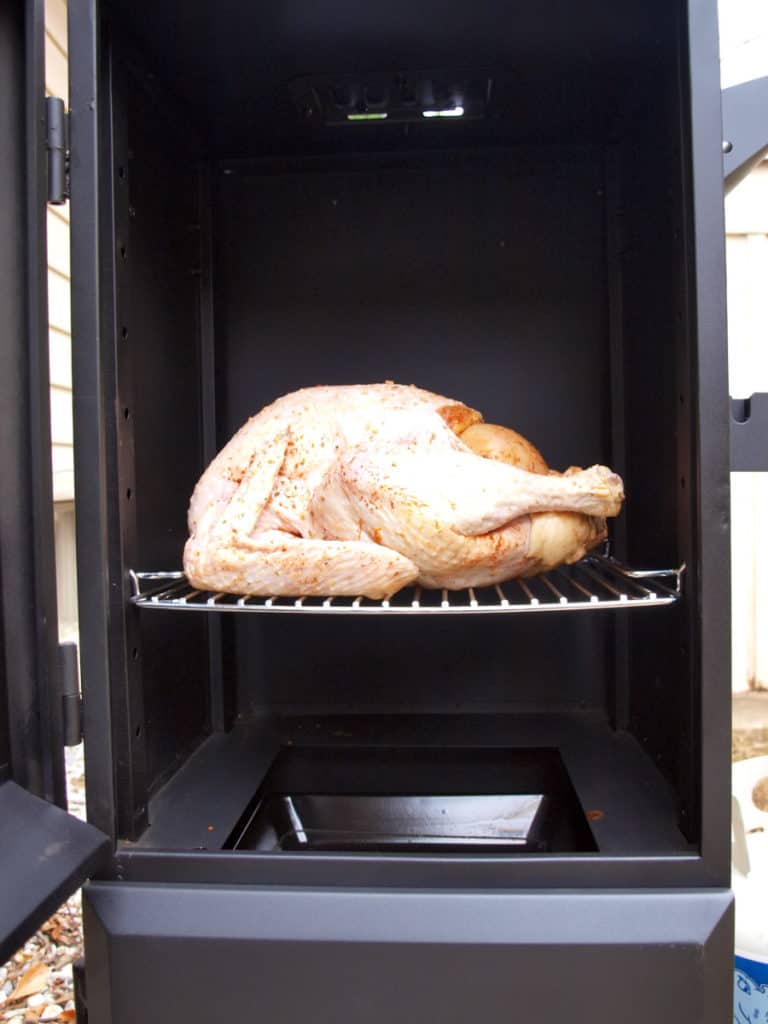
Hot smoking refers to any use of hot smoke to cook the meat that’s being smoked. In some parts of the world, this is known as barbecue.
Hot smoking is a kind of slow cooking (it can take twelve hours to smoke meat all the way through!) that can be done using a variety of machines.
Unlike warm or cold smoking, hot smoking can prepare meat to eat on its own, although there are definitely some steps you can take before you start the process that will make it taste a lot better.
The purpose of hot smoking is to impart both flavor and texture to tough cuts of meat like pork butt or brisket. Different smokers do this in different ways.
Electric or gas-powered smokers do this via the incineration of a small bowl of wood chips, increasing the temperature in smoker’s inner chamber to the point where anything inside will be cooked.
Wood or coal powered smokers produce their heat by burning the aforementione materials. Using a wood powered smoker is enough of an art that accross the southern United States barbecue competitions forbid the use of propane or electric smokers.
Liquid Smoke
Liquid smoke is a used as a flavoring for both meat and vegetables to add a smky flavor to them.
As smoking equipment has become more and more expensive in our late-stage capitalist society, the flavor of smoke has become a sought after culinary experience accross the United States.
While the pyroligneous acid, the primary ingredient in liquid smoke, has been used in food since at least the Roman period, it was usually produced as a byproduct of coal processing. However, modern-day liquid smoke is almost always made using wood.
It lost a lot of popularity along the time that coal stopped being used for power, but in the late sixties liquid smoke made from hardwoods resurged in popularity across the USA, Japan, and other countries where the taste is popular.
Is There Anything I Shouldn’t Smoke?
First of all, as long as you use the proper fuel smoking meat will almost never make it more dangerous to eat. Using kerosene or gasoline to light fires for smoking can cause reactions in the meat that produce carcinogens, but this shouldn’t be a problem if you’re using an electric or propane powered smoker.
Burning what you’re trying to smoke can also produce carcinogens, but you probably already planned on not burning your food.
While it isn’t dangerous, it’s still probably a bad idea to smoke really nice tender cuts of meat. Smoking won’t really benefit meats that are already pretty good, since one of the big effects of smoking is tenderization.
Smoking is best for really tough cuts of meat that would otherwise be difficult to eat. Steak, tenderloin, or lean roast should all be cooked elsewhere. Maybe you could grill them?
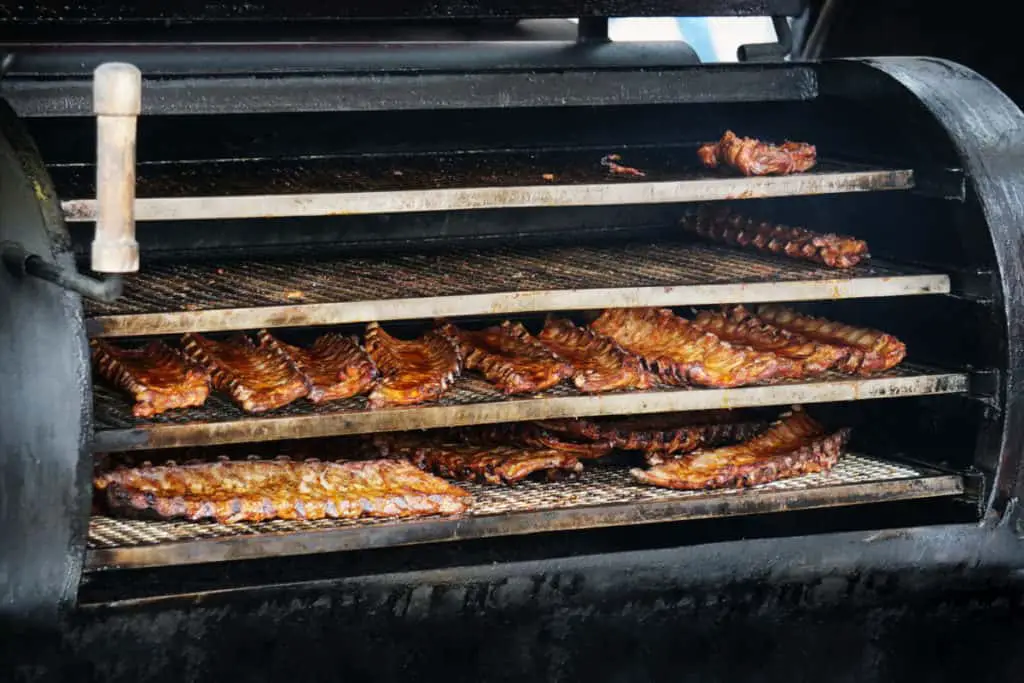
You also probably want to avoid the very cheapest cuts when it comes to meats like ribs. While smoking does a lot to improve those cuts, if you want to make something truly remarkable you should try to find meat that has at least some quality to it.
But now that you know why you want to smoke your meat, go out there and do some barbecue! Make something delicious, then invite some friends over and gloat about how delicious it is (then send some to me so I can try it).


